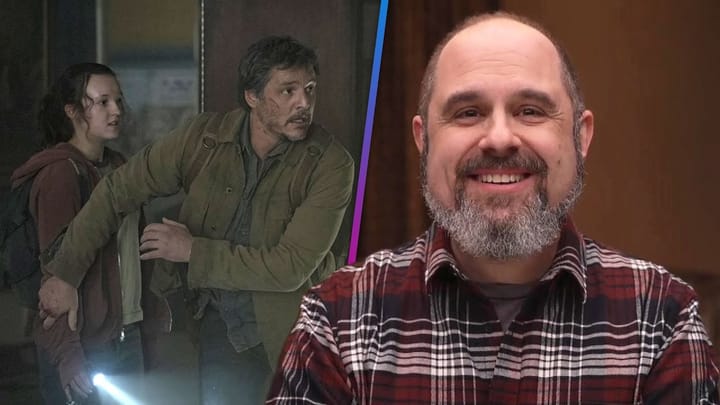Looking Around
Have you every watched a movie so many times that your eyes and ears begin to wander?

Have you every watched a movie so many times that your eyes and ears begin to wander? You hear lines of dialogue you never heard before, see reactions you never saw before, or notice items in the background that have been passing you by in the first hundred viewings. These small details, once realized, imbue the world you’ve experienced a hundred times with a new richness and color, making any already enjoyable story even better.
As a medium captured for rewatching in perpetuity, it’s a unique, and honestly fun, aspect of films (and television). Pealing back the layers of the world created around our protagonist, gives the film an aurora of growth and discovery that is unparalleled in narrative works.
This opportunity of insight is equal throughout the broad scope of genres, from dramas to comedies, to thrillers and everything in between. Each has its own flavor of execution and intention for these details or Easter eggs, but inherently serve a similar purpose— depth.
A comedy may have many subtle background jokes that are totally random or play into the satirical arc of the story. A drama will employ unique camera framing to give insights to the characters or world around them. A thriller will plant clues to fill in logic gaps or lay breadcrumbs for the surprise outcome. And in reality, these (and may other possibilities) can swap around into any genre.
Regardless of their execution, for viewers, these layered details subconsciously inform you how to interpret the characters and the world they inhibit. But as you rewatch them, these background elements start to become visible and conscious.
As you become aware of these surroundings and techniques, you begin to realize how much is expressed in these backdrops and all the considerations taken to fill in the world around the characters. It is a reflection of the skilled craftspersons’ and artists’ interpretations of these characters, as well as their own eclectic preferences and understanding of trends, both present and past (and sometimes future).
This is my favorite part of looking closer, observing these choices of how the filmmakers saw the characters as a person who lived before our story started. Looking at the environment to study the character’s personal style, the design of the locations, the vibe from the setting.
Another fun pastime that piggybacks on these observations is window shopping. Admittedly, a superficial aspect, I take cues from skilled curators that fashion characters or settings that reflect my personal tastes — or aspirations— and I discover great ideas of gear, style, and design from their knowledge and keen eye.
But whether finding a detail that gives insight into a character, hidden clues in plain sight, or an aesthetic you want in your real life, discovering a new depth to a story can nourish the amazingly satisfying feelings of joy and wonder.
So, the next time you’re watching a favorite you’ve seen a million times or even if it’s the first time, take a moment to look past your protagonist. Notice the physical setting they inhibit, the characters there are surrounded by, the subtle movements of the camera or lighting, and see what you discover. You may be surprised at what you find.





Comments ()